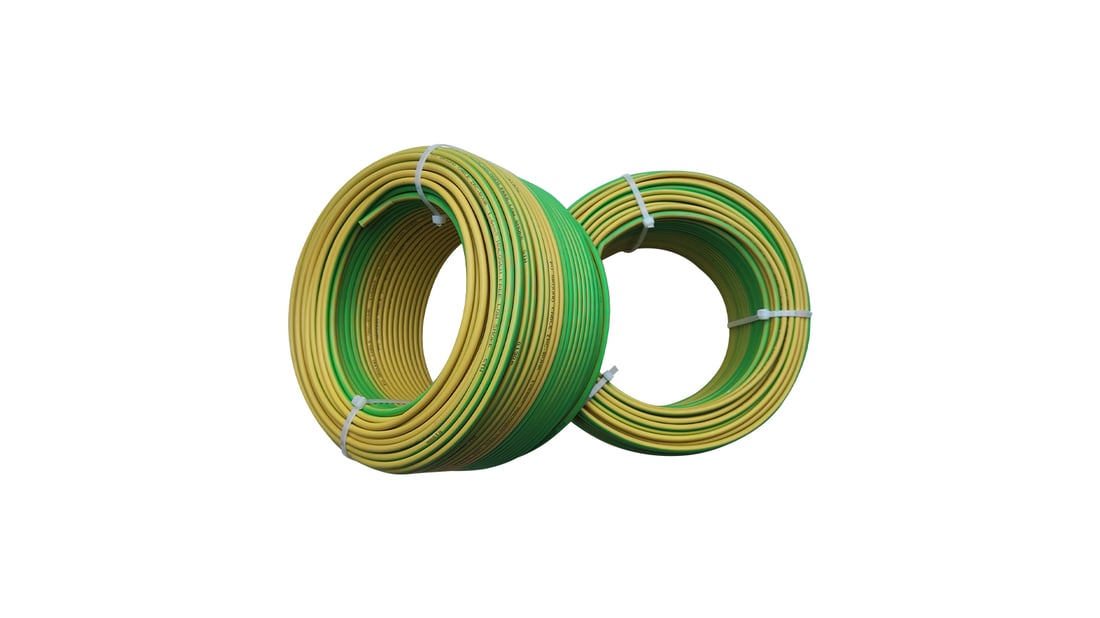Introduction
Welcome to the ultimate guide on solar panel pv cables! In this comprehensive article, we will walk you through everything you need to know about solar panel PV cables. From understanding their importance to choosing the right cable for your solar panel system, we've got you covered. So let's dive in!
1. What are Solar Panel PV Cables?
Solar panel PV cables, also known as photovoltaic cables, are essential components of solar energy systems. These cables connect the solar panels to the other components of the system, such as inverters and charge controllers. They carry the generated DC electricity from the solar panels to the rest of the system, enabling the conversion and distribution of solar power.
2. Importance of High-Quality PV Cables
Using high-quality PV cables is crucial for the overall performance and safety of your solar panel system. Inferior quality cables may result in energy losses due to increased resistance, leading to a decrease in the system's efficiency. Moreover, substandard cables can pose fire hazards and compromise the longevity of the system. Therefore, it is essential to invest in reliable and certified PV cables to ensure optimal performance and safety.
3. Types of Solar Panel PV Cables
There are several types of solar panel PV cables available in the market. The most commonly used types include:
- Single-Core Cables: These cables have a single conductor and are suitable for small-scale residential solar installations.
- Multi-Core Cables: Multi-core cables have multiple conductors and are commonly used in commercial and large-scale solar systems.
- UV Resistant Cables: As solar panels are often exposed to sunlight, UV resistant cables are designed to withstand prolonged exposure to UV rays without degradation.
4. Cable Sizing for Optimal Performance
Proper cable sizing is crucial to ensure optimal performance and minimize energy losses in a solar panel system. The cable size depends on factors such as the distance between the solar panels and other components, the system's voltage, and the current carrying capacity of the cables. It is recommended to consult a professional or refer to cable sizing charts provided by manufacturers to determine the appropriate cable size for your specific system.
5. Cable Connectors and Accessories
In addition to the PV cables, various connectors and accessories are used to ensure proper connections and enhance system efficiency. Some commonly used connectors include MC4 connectors, which are widely used in solar panel installations due to their ease of use and reliability. Cable clips, gland connectors, and junction boxes are also essential accessories that facilitate secure cable management and protect the system from environmental factors.
6. Installation Considerations
When installing solar panel PV cables, there are a few important considerations to keep in mind:
- Proper Cable Routing: PV cables should be routed in a way that minimizes exposure to potential damage, such as sharp objects or extreme temperatures.
- Correct Cable Termination: Proper termination of cables ensures secure connections and reduces the risk of electrical faults.
- Compliance with Electrical Codes: It is essential to comply with local electrical codes and regulations to ensure the safety and legality of the installation.
7. Maintenance and Inspection
Regular maintenance and inspection of solar panel PV cables are necessary to ensure their long-term performance and safety. Here are a few maintenance tips:
- Cleaning: Keep the cables clean and free from dirt and debris that may affect their performance.
- Visual Inspection: Regularly inspect the cables for any signs of damage, such as cuts, cracks, or insulation degradation.
- Testing: Periodically test the cables using appropriate equipment to ensure their electrical integrity.
8. Common Issues with PV Cables
Despite their durability, PV cables can encounter certain issues over time. Some common problems include:
- Insulation Degradation: Exposure to UV rays, extreme temperatures, and environmental factors can cause insulation degradation, leading to performance issues.
- Connector Failures: Improperly crimped or damaged connectors can result in poor connections and increased resistance.
- Voltage Drop: Incorrect cable sizing or excessive cable length can lead to voltage drop, reducing the system's overall performance.
9. Upgrading Your Solar Panel PV Cables
If you are considering upgrading your solar panel PV cables, it is important to carefully assess your system's requirements and consult with a professional. Upgrading to higher quality cables or increasing the cable size can improve the system's efficiency and performance, especially if you plan to expand your solar panel installation.
10. Conclusion
Solar panel PV cables are vital components of any solar energy system. Choosing high-quality cables, ensuring proper installation and maintenance, and regular inspection are key to maximizing the efficiency and safety of your system. By understanding the different aspects of solar panel PV cables discussed in this guide, you can make informed decisions and enjoy the benefits of clean and renewable solar energy.

